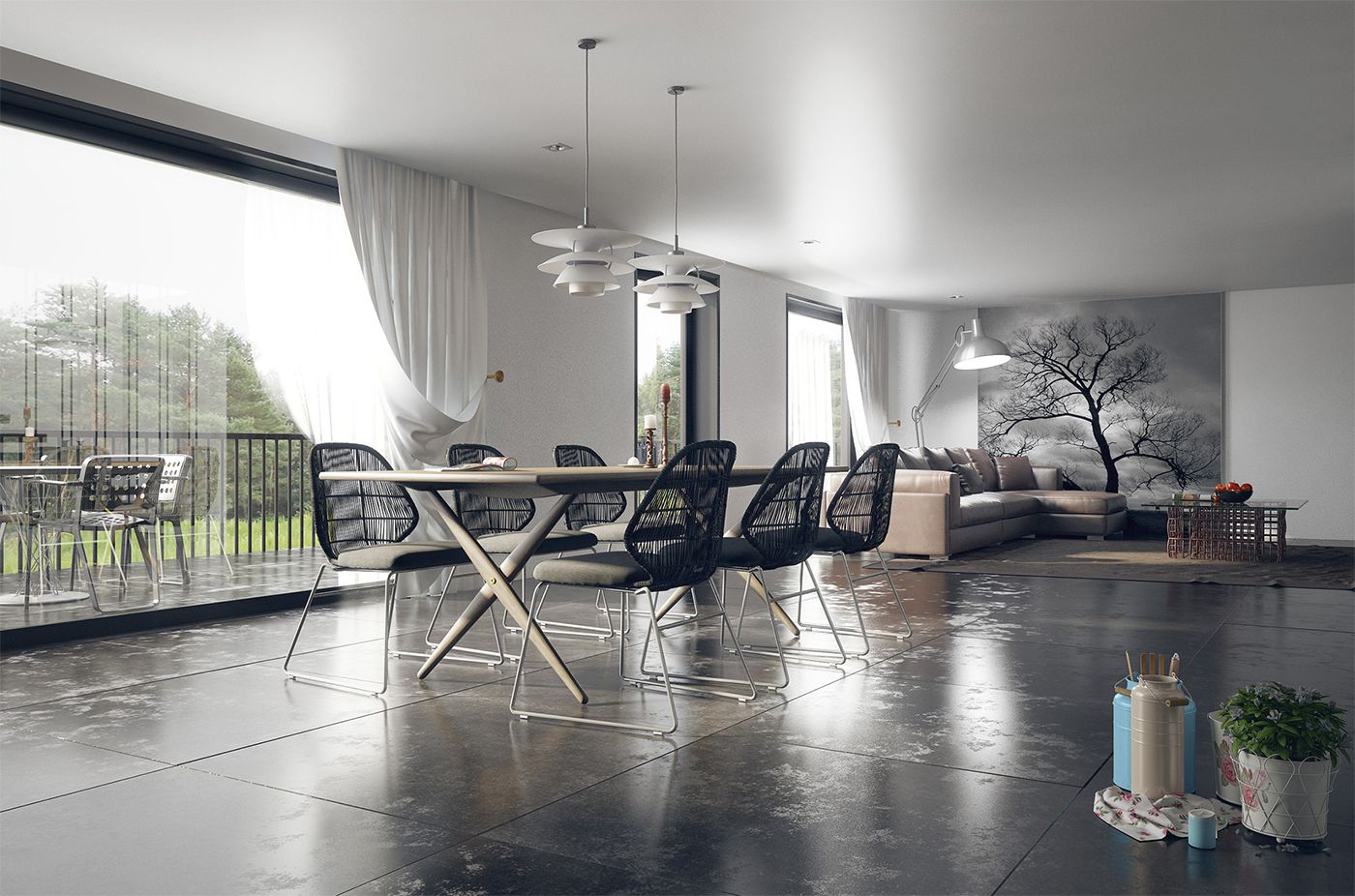


%VRAY_FOR_MAYA_% – This variable shows where V-Ray for Maya is installed. %VRAY_PATH% – This variable shows where V-Ray Standalone is installed. Since there may be more than one V-Ray Standalone installed, V-Ray for Blender searches for the installation path according to the following hierarchy: V-Ray For Blender automatically detects any V-Ray Standalone installation using V-Ray's environment variables.

To avoid rendering in both the V-Ray and native Blender frame buffer, go to the Render setup and in the Render panel set the Display parameter to Keep UI.Ĥ. V-Ray has its own frame buffer used to preview the rendered image. To enable the preview of materials and textures using V-Ray, you need to select V-Ray(material preview) as a render engine.ģ. Choose V-Ray as a rendering engine as shown in the image below. Go to File > User Preferences > Add-ons and enable Render: V-Ray For Blender 3.0.Ģ. To run V-Ray for Blender go to Windows Start > All Programs >VRayBlender 2.xx> VRayBlender.ġ. V-Ray for Blender 3.0 denotes the V-Ray version, which is 3.0.īefore installing V-Ray for Blender, please make sure your computer meets the System Requirements for running Blender with V-Ray. Please note, V-Ray is supported on Blender version 2.79.


 0 kommentar(er)
0 kommentar(er)
